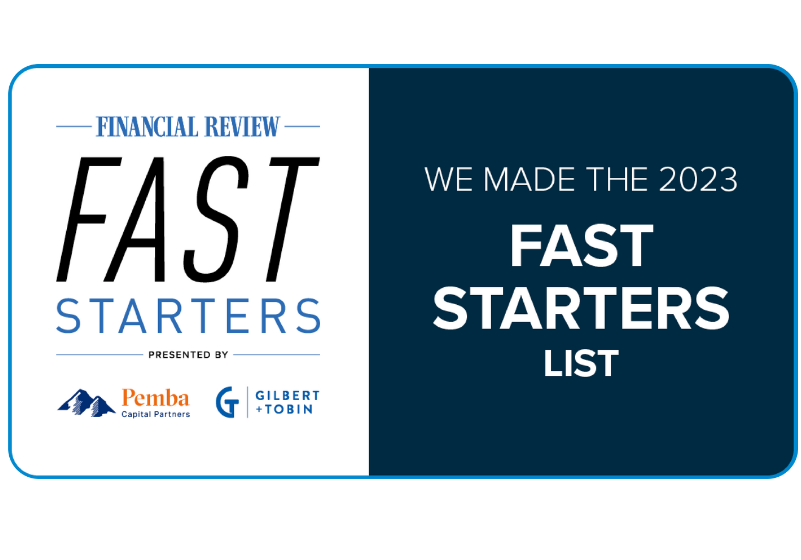
Omnichannel Marketing: The Art of Being Everywhere (Without Being Annoying)
Omnichannel Marketing… Sounds fancy, right? But don’t let the buzzword intimidate or utterly confuse you—at its core, it’s all about giving your customers a smooth, seamless experience, no matter where or how they interact with your brand.
Imagine this: You’re shopping online for a new pair of sneakers. You check out a brand’s website, get distracted (thanks, TikTok), then later see an Instagram ad from the same brand showing the exact shoes you almost bought. You click, add to cart, and boom—your phone pings with a 10% off code via SMS. You make the purchase and get a confirmation email. Everything felt connected, convenient, and kind of magical.
That, my friend, is omnichannel marketing at work.
So, What Is Omnichannel Marketing?
Omnichannel marketing is the strategy of creating a consistent brand experience across multiple channels—digital, physical, and everything in between. Think websites, email, social media, in-store, mobile apps, SMS, carrier pigeons (okay, maybe not pigeons).
The goal? Make the customer journey feel like one cohesive conversation, not a disjointed game of telephone.
Omnichannel vs Multichannel: Not the Same Thing
Let’s clear up a common confusion.
- Multichannel = You’re on multiple platforms (like Facebook, email, your website), but they don’t always talk to each other.
- Omnichannel = All your channels are integrated and working together like a well-rehearsed harmonious boy band.
It’s the difference between playing a solo on six instruments at once (multichannel) versus conducting a harmonious symphony (omnichannel).
Why It Works (a.k.a. Why You Should Care)
Omnichannel marketing isn’t just trendy—it gets results.
- Brands with strong omnichannel strategies retain 89% of their customers. Those without? Just 33%. Ouch.
- The average order value is 13% higher for customers engaging across multiple channels.
- It boosts brand loyalty by making your customer feel like you get them.
In short, it’s like dating your customers the right way. Remembering their preferences, showing up when they need you, and not ghosting them after the first interaction.
What It Looks Like in Action
Let’s say you run a boutique coffee brand.
- A customer browses your beans on mobile.
- Later, they see a retargeting ad on Instagram with a fun brewing tip.
- They click through to a blog post, subscribe to your newsletter, and receive a welcome email with a discount.
- They order online and choose to pick it up in-store.
- At pickup, your staff greets them by name and suggests a new roast based on their last order.
This is omnichannel bliss. Every touchpoint is connected, every message relevant, every interaction personalized.
⚠️ The Secret Sauce: STRATEGY, Data, Tech & a Human Touch
To pull this off, you’ll need:
- A solid strategic approach to your marketing
- A solid CRM system to track customer interactions
- Marketing automation tools (like HubSpot, Klaviyo, etc.)
- Analytics to understand what’s working and what’s not
- And most importantly: a customer-first mindset
Because at the end of the day, omnichannel isn’t about being everywhere. It’s about being everywhere that matters, in a way that’s actually helpful.
Final Curtain Closing Thoughts
Omnichannel marketing isn’t just a nice-to-have—it’s becoming the standard. Customers expect brands to meet them where they are and make the experience seamless, intuitive, and maybe even fun.
It’s not just for the hip cafes and clothing stores, it’s also for designed for builders, professional services, electricians etc, remember: consistency is king, personalization is queen, and customer experience is the whole royal court.
Want help putting an omnichannel strategy together for your business?
Drop our team a line, we love coffee and strategy, first ones on us!

About the Author of this blog:
Maddie Riehl
Founder and Director of Hey Marketing. Maddie has a passion for all things digital marketing.
She began her career in marketing in 2013. From there she completed a Cert IV in marketing and further developed her skills and knowledge base.
After seeing some flaws in other agency offerings, Maddie wanted to create a marketing agency where things are done a little differently - and so Hey Marketing was born!

